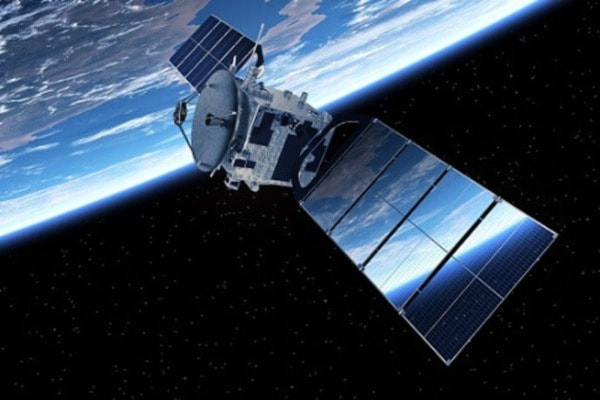|
Unlike traditional satellite internet, which uses a few large geostationary satellites orbiting at a much higher altitude of around 36,000 kilometers, LEO satellites are much closer to the Earth and can provide faster and more reliable internet service with lower latency.
The LEO satellite internet network consists of a large number of small satellites that work together to provide internet connectivity to users on the ground. As the satellites orbit the Earth, they communicate with each other and with ground stations to ensure that data is transmitted quickly and efficiently. One of the advantages of LEO satellite internet is that it can provide internet connectivity to remote or rural areas where traditional terrestrial internet infrastructure is not available or is too expensive to deploy. Another advantage is that it can provide a backup or alternative to terrestrial internet in areas where internet service may be disrupted by natural disasters or other emergencies. LEO satellite internet is a rapidly evolving technology, with several companies such as SpaceX, OneWeb, and Amazon investing heavily in the development of LEO satellite constellations. These companies are promising to provide high-speed internet connectivity to users around the world, with speeds that can rival or exceed those of traditional terrestrial internet service.
0 Comments
|
AuthorTim Hardwick is a Strategy & Transformation Consultant specialising in Technology Strategy & Enterprise Architecture ArchivesCategories
All
|
Site powered by Weebly. Managed by iPage


